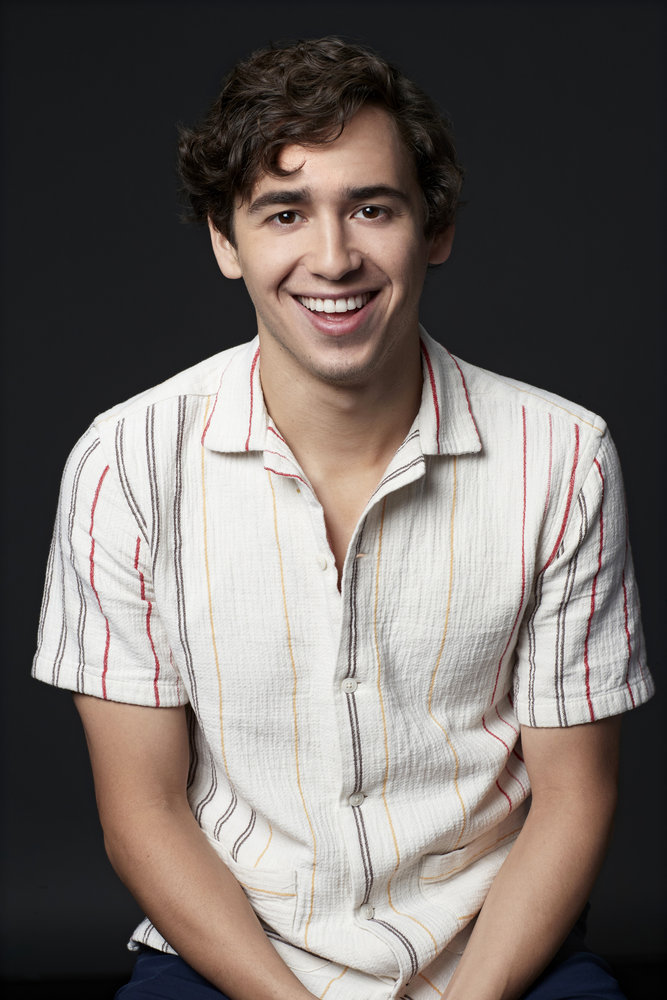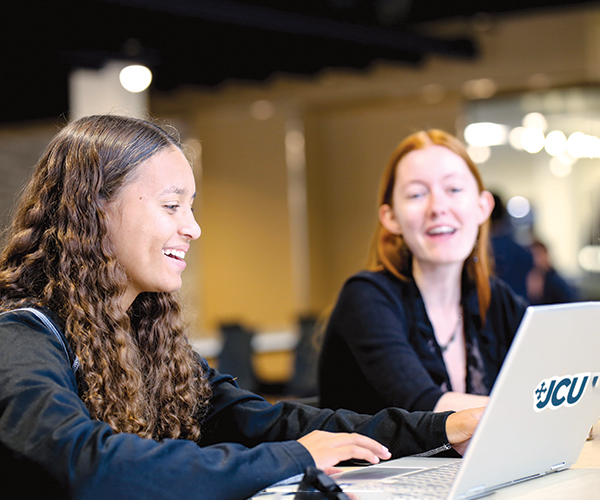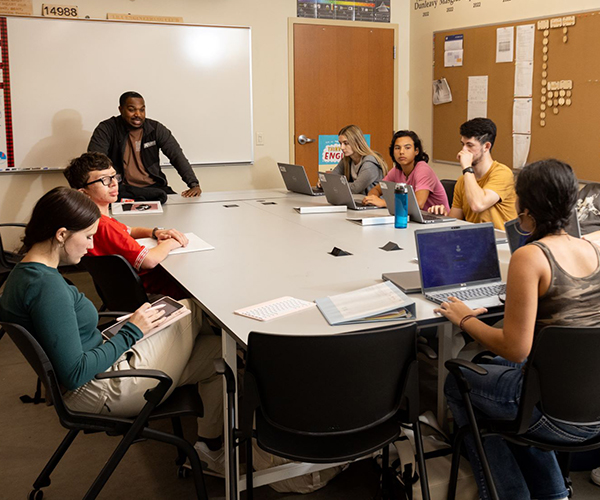Imagine obtaining the real-world skills that would support you in starting your own business or gaining the expertise that would allow you to create and exchange ideas with just about any audience through writing, speaking and graphic design.
Students at Kent State University obtain all of these skills and more, with learning opportunities that extend beyond the classroom. The Kent State philosophy, “Learning by Living,” helps students push the boundaries of knowledge to gain applicable hands-on experience.
For example, Kent State’s Center for Entrepreneurship and Business Innovation — in the College of Business Administration and Graduate School of Management — prepares students for careers as entrepreneurs. Students not only learn the core values of business and entrepreneurial skills in the classroom, but also extend that learning to the living community, where they have the option to live in a common residence, participate in specially designed programs and collaborate with fellow students to bring projects to life.
Students gain true hands-on experience in the center’s entrepreneurial lab, where they partner with faculty, business owners and an entrepreneur in residence to provide consulting services to local business. The team determines the scope of a project, with students working directly with community business owners by assisting with writing business and marketing plans, developing merchandising strategies and determining price structure.
“Students get to work on real-life programs under the direction of expert faculty who understand the situations that may come up, and the business owner gets the benefit of that expertise at a reasonable cost,” says Julie Messing, director of the Center of Entrepreneurship and Business Innovation. The center is a collaborative effort that encompasses the university’s eight-campus network, building bridges throughout these Northeast Ohio communities.
Real-life experiences will ensure success for students in Kent State’s applied communications as well.
Today’s workplace expects college graduates to be versatile, especially in the communication arena. Employers seeking a public information or communication specialist insist on hiring graduates capable of juggling public relations, visual design, public speaking, media relations and professional writing.
Kent State’s School of Communication Studies, housed in the College of Communication and Information, will launch an applied communication concentration this fall that will assist students in landing jobs in the nonprofit sector, small business and government agencies, says Dr. Stan T. Wearden, director of the School of Communication Studies.
Students in the concentration will complete a professional internship and can go to work immediately for newspapers, public relations firms, advertising agencies and design firms, depending on their concentration within these schools.
“The new concentration will allow students to develop a broader skill set so that they can go into careers that require experience from across the communication spectrum,” Wearden says.
Visit www.kent.edu or call 1-800-988-KENT for information on these and other academic programs at Kent State’s eight campuses in Northeast Ohio.
See for Yourself
“The College Tour” airs on WEWS NewsChannel 5 on
• Sunday, Oct. 15, 6:30 p.m. • Sunday, Oct. 22, 12:30 p.m.
Trending
-
1
-
2
-
3
-
4
-
5










